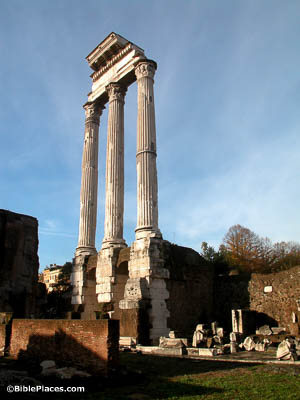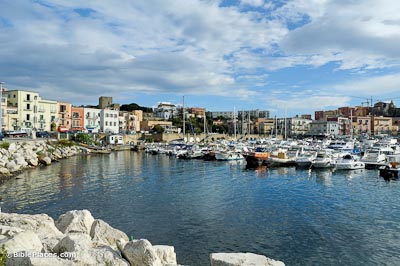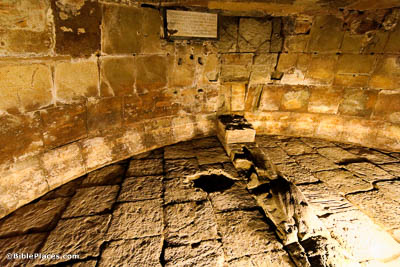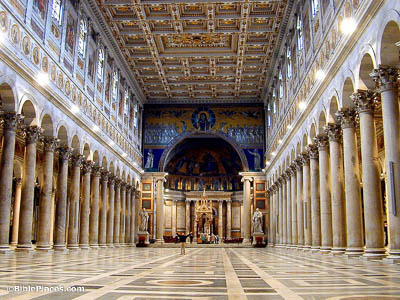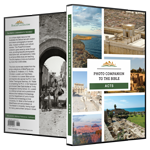When we were safe, we learned that the island was called Malta (Acts 28:1).
Malta, the island that Paul’s ship ran aground on, has an area of only 122 square miles (316 square km). Phoenician traders had colonized it sometime after 1000 BC. After the fall of Phoenicia to Alexander the Great in 332 BC, the island came under the control of Carthage, another former Phoenician colony. The Greeks had also settled in the Maltese islands beginning around 700 BC, and they remained through the Roman period. The Romans referred to the island as Melita, similar to the Greek Melite.

